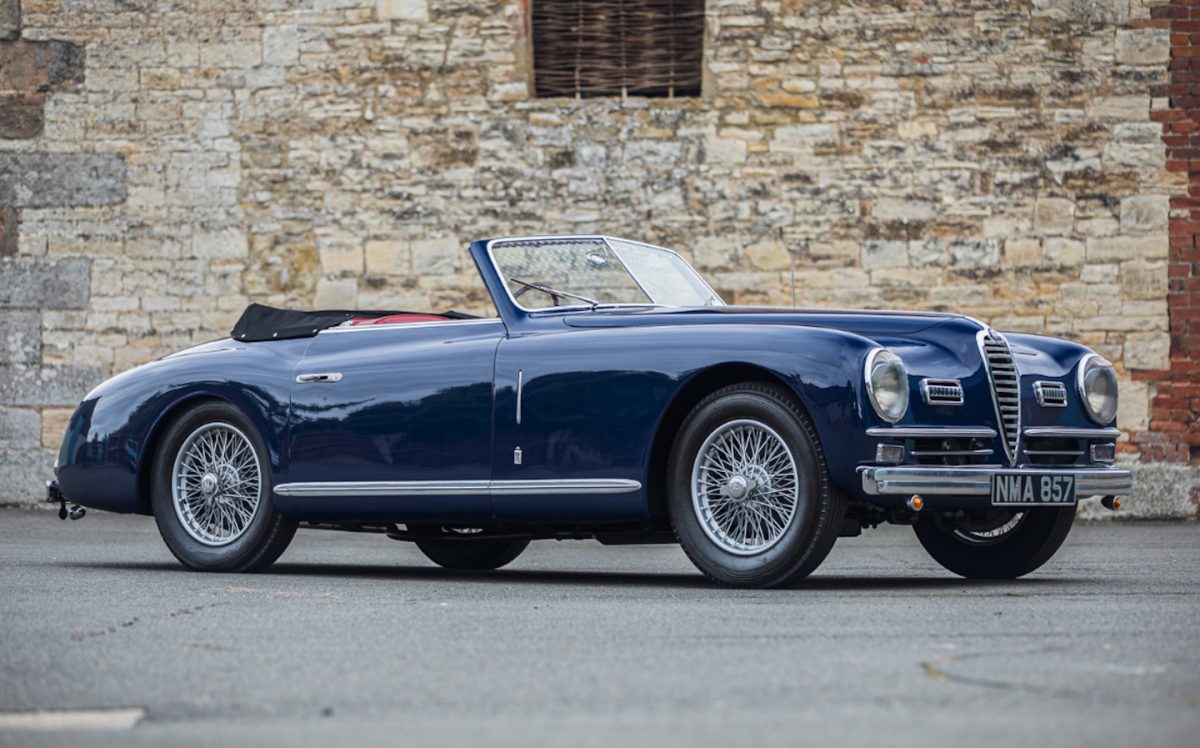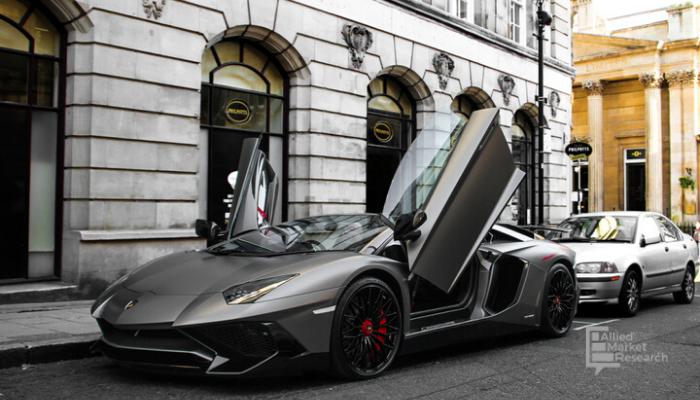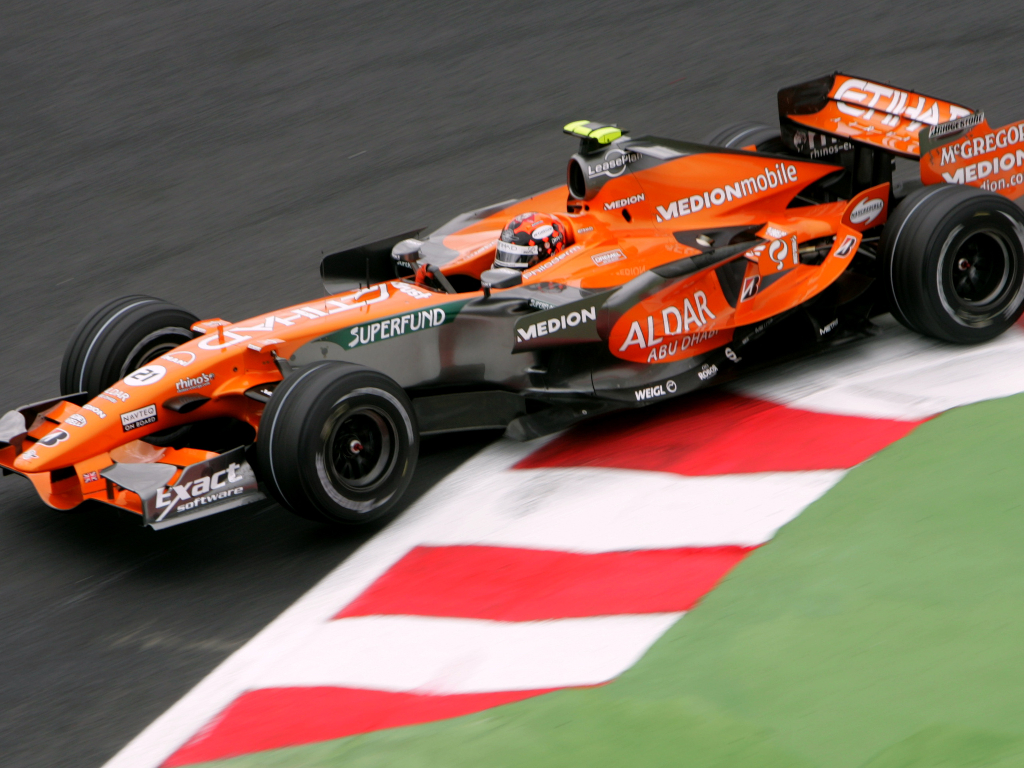AN ECLECTIC group of cars are going up for sale this weekend at the Silverstone Classics Auction. Five collections comprising 110 cars encompass everything from nifty, stripped-back modern sports cars like the Zenos E10 to heritage models including a Swallow SS1, which can aptly be described as the 1930s in a car, with its black… Continue reading Italian and British classics on sale at Silverstone Classics Auction – Sunday Times Driving
Tag: McLaren
Hypercar Market by 2030 Getting Ready For Future Growth | Automobili Lamborghini, Porsche 918 Spyder, mazzanti – openPR
Key players profiled in the Hypercar market includes Automobili Lamborghini, Porsche 918 Spyder, mazzanti evantra, marussia b2, Mercedes-Benz, spania gta spano, venom gt-wfe, koenigsegg one, zenvo st1, laraki, Pagani Huayra, McLaren P1, Ultima GTR, Ferrari LaFerrari, Porsche 918 Spyder, Koenigsegg Agera, Bugatti Veyron (all trims), Hennessey Venom, Lamborghini Veneno/Centenario, Rimac Concept One, and Maserati MC12.… Continue reading Hypercar Market by 2030 Getting Ready For Future Growth | Automobili Lamborghini, Porsche 918 Spyder, mazzanti – openPR
LC 500 convertible takes Lexus style to new heights, but don’t mistake it for a sports car
CLOSE Stunning new convertible oozes luxury, but don’t mistake it for a sports car Detroit Free Press If a better looking car than the Lexus LC 500 convertible goes on sale this year, I’m not sure mortal eyes will be able to withstand the sight. Like those who stare too long at the sun, the… Continue reading LC 500 convertible takes Lexus style to new heights, but don’t mistake it for a sports car
F1 2020 My Team, Part 1: We’re bringing Spyker back | PlanetF1 – PlanetF1
F1 2020 gives you the chance to create your own team, so I decided to give it a go and write all about it. This can only go well… Having owned the last four editions in the Codemasters series, I’m not exactly a novice when it comes to the games. However, rocking a standard controller… Continue reading F1 2020 My Team, Part 1: We’re bringing Spyker back | PlanetF1 – PlanetF1
Gulf Oil, McLaren ink multi-year partnership for Formula 1 and luxury supercars
British supercar maker McLaren and lubricant & oil major Gulf Oil International have announced a multi-year strategic partnership, which will see Gulf partnering with McLaren Racing and luxury supercar company McLaren Automotive. Gulf’s link with McLaren started in 1968 and continued until the end of the 1973 season, with Gulf and McLaren enjoying success in… Continue reading Gulf Oil, McLaren ink multi-year partnership for Formula 1 and luxury supercars
Road test rewind: Noble M600 – Autocar
For ride and handling, the M600 takes Noble’s already high dynamic standards to a new level. The car handles beautifully and rides as if it were gliding across the ground. Steering is well weighted and extremely accurate, with plenty of available lock when correcting a slide. And despite the monstrous thrust it has to deal… Continue reading Road test rewind: Noble M600 – Autocar
Fisker Inc. Completes $50M Private Financing Provided By Louis M. Bacon’s Moore Strategic Ventures – PR Newswire UK
Executive Team Strengthens with New Appointments LOS ANGELES, July 8, 2020 /PRNewswire/ — Fisker Inc. – designer and manufacturer of the world’s most emotion-stirring, eco-friendly electric vehicles and advanced mobility solutions – is announcing the successful completion of a $50 million Series C financing round funded by Moore Strategic Ventures, LLC, the private investment vehicle… Continue reading Fisker Inc. Completes $50M Private Financing Provided By Louis M. Bacon’s Moore Strategic Ventures – PR Newswire UK
McLaren averts court battle after striking deal with bondholders
Leverage our market expertise Expert insights, analysis and smart data help you cut through the noise to spot trends, risks and opportunities. Join over 300,000 Finance professionals who already subscribe to the FT. Go to Source
5 companies to recall nearly 120,000 vehicles
SEOUL, June 4 (Yonhap) — Hyundai Motor Co., Mercedes-Benz and three other companies will voluntarily recall nearly 120,000 vehicles to fix faulty components, the transport ministry said Thursday. This is the latest in a series of recalls by carmakers operating in South Korea and vehicle importers due to problems with the components of vehicles they… Continue reading 5 companies to recall nearly 120,000 vehicles
OnePlus and McLaren have ended their phone partnership
Sponsored Links Richard Lai/Engadget OnePlus will no longer release McLaren editions of its phones in the future. The phonemaker and the British auto manufacturer have ended their partnership, a McLaren spokesperson has confirmed to Android Authority after reports about their split came out. Word started going around that the two were parting ways, because OnePlus… Continue reading OnePlus and McLaren have ended their phone partnership




